Coastal Corrosion Defense: Lida Group’s Steel Farm Houses Incorporate Salt-Resistant Coatings in All Structure Construction
2025-Aug-15 15:53:55
By Admin
1. Introduction
Coastal regions are vital hubs for agriculture, supporting a wide range of farming activities from crop cultivation to livestock rearing. However, these areas present unique challenges due to their proximity to saltwater, where high levels of salt in the air and soil accelerate corrosion—a process that can severely damage metal structures over time. For steel farm houses, which serve as essential facilities for housing equipment, livestock, and even farmers themselves, corrosion poses a significant threat to structural integrity, longevity, and operational safety.
In response to this challenge, Lida Group, a leader in steel structure engineering, has developed a groundbreaking solution: integrating salt-resistant coatings into every aspect of their steel farm house construction. These specialized coatings act as a protective barrier against salt-induced corrosion, ensuring that the structures remain durable and functional even in harsh coastal environments. This article explores the impact of coastal corrosion on steel structures, the science behind Lida Group’s salt-resistant coatings, and the benefits of their approach for farmers and agricultural operations in coastal regions.
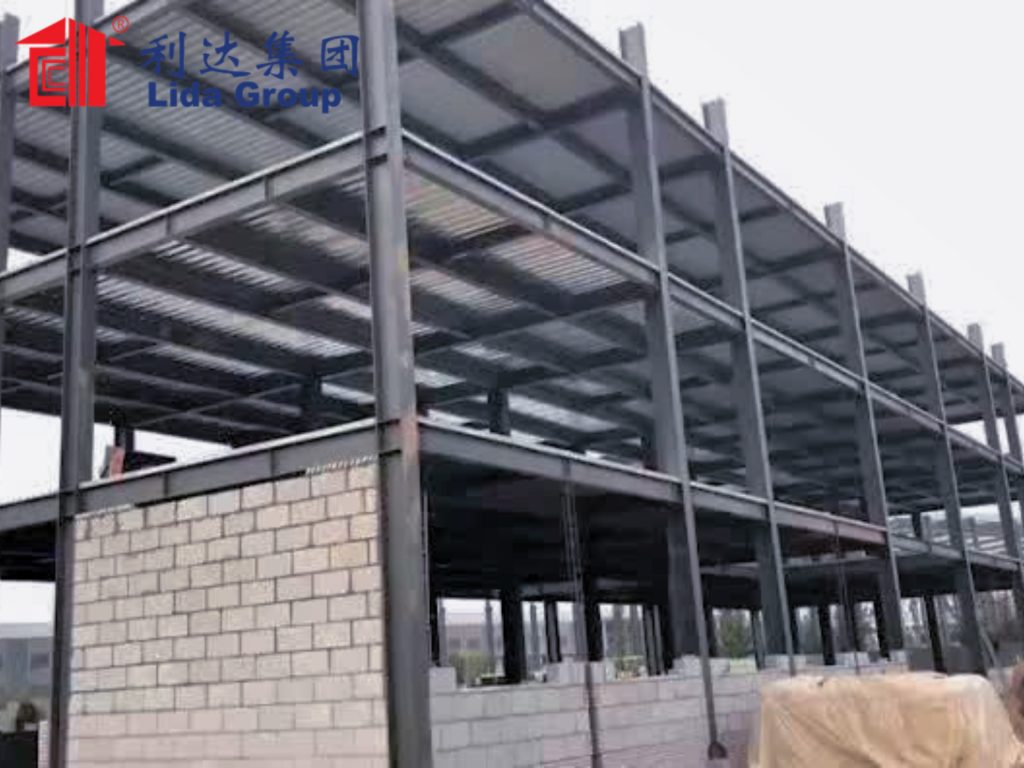
2. The Threat of Coastal Corrosion to Steel Structures
2.1 Understanding Salt-Induced Corrosion
Corrosion is a natural electrochemical process where metal reacts with its environment, leading to degradation. In coastal areas, this process is accelerated by the presence of salt, particularly sodium chloride, which is abundant in seawater and sea spray. When salt particles settle on steel surfaces, they attract moisture from the air, forming a conductive electrolyte solution. This solution facilitates the flow of electrons between the steel (anode) and oxygen (cathode), initiating a reaction that breaks down the steel into iron oxide—more commonly known as rust.
The impact of salt-induced corrosion is compounded by other coastal factors, such as high humidity, frequent rainfall, and strong winds. Humidity ensures a constant supply of moisture, while wind carries salt particles further inland, extending the reach of corrosion beyond immediate coastal areas. Even in regions several miles from the coast, steel structures can suffer from corrosion due to salt-laden air.
2.2 Consequences of Corrosion for Steel Farm Houses
For steel farm houses in coastal regions, corrosion can have devastating consequences. Over time, rust weakens the steel, reducing its load-bearing capacity and compromising structural integrity. This can lead to sagging roofs, buckling walls, and even collapse in extreme cases, posing risks to both property and lives. For example, a corroded support column in a livestock barn could fail under the weight of the structure, endangering animals and workers inside.
Corrosion also affects the functionality of farm house components. Door hinges, window frames, and equipment storage racks can seize up due to rust, making them difficult to operate. This reduces operational efficiency and increases maintenance costs, as farmers are forced to repair or replace corroded parts frequently. In addition, corrosion can contaminate stored goods, such as feed or harvested crops, if rust particles fall into storage areas, compromising their quality and safety.
Beyond the immediate structural and operational issues, corrosion shortens the lifespan of steel farm houses. A typical unprotected steel structure in a coastal area may last only 10–15 years before requiring extensive repairs or replacement, compared to 30–50 years in inland regions. This premature degradation represents a significant financial loss for farmers, who must invest in new structures much sooner than anticipated.
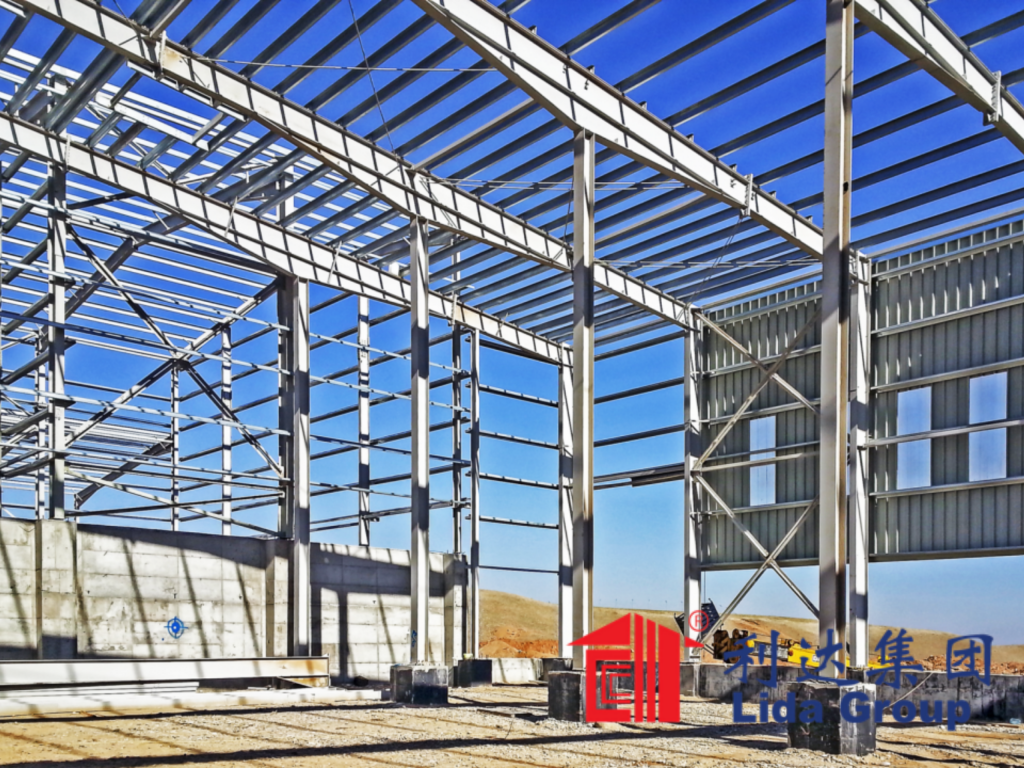
3. Lida Group’s Salt-Resistant Coatings: Science and Technology
3.1 Development of Specialized Coatings for Coastal Environments
Lida Group’s salt-resistant coatings are the result of extensive research and development, tailored specifically to combat the unique challenges of coastal corrosion. The company’s team of material scientists and engineers worked to create a formulation that would provide long-lasting protection against salt, moisture, and other corrosive elements.
The coatings are based on advanced polymer technologies, incorporating ingredients such as epoxy, polyurethane, and zinc-rich compounds. These materials are chosen for their ability to form a dense, impermeable barrier that prevents salt particles, moisture, and oxygen from reaching the steel surface. Unlike conventional paint or coatings, which may crack or peel over time, Lida Group’s formulations are designed to adhere tightly to steel, maintaining their protective properties even under extreme conditions.
3.2 How Salt-Resistant Coatings Work
The protective mechanism of Lida Group’s salt-resistant coatings involves multiple layers of defense. The first layer, often a zinc-rich primer, acts as a sacrificial anode. Zinc is more reactive than steel, meaning it will corrode preferentially, protecting the underlying steel from rust. This “cathodic protection” ensures that even if the coating is scratched or damaged, the zinc continues to shield the steel.
The second layer is a high-build epoxy or polyurethane topcoat, which provides a physical barrier against salt, moisture, and UV radiation. This layer is thick enough to bridge small gaps or imperfections in the steel surface, ensuring complete coverage. It also has elastic properties, allowing it to expand and contract with the steel as temperatures fluctuate—preventing cracking that could expose the steel to corrosion.
Some formulations include biocides to resist the growth of mold and mildew, which can degrade coatings over time in humid coastal environments. Others incorporate UV stabilizers to prevent fading and breakdown from prolonged sun exposure, ensuring the coating remains effective for years.
3.3 Application Process for Maximum Effectiveness
The effectiveness of salt-resistant coatings depends not only on their formulation but also on proper application. Lida Group employs a rigorous, multi-step application process to ensure optimal adhesion and coverage:
- Surface Preparation: Before applying any coating, the steel surfaces are thoroughly cleaned to remove rust, oil, dirt, and other contaminants. This is typically done using abrasive blasting, which creates a rough texture on the steel—enhancing the coating’s ability to adhere. The surface is then inspected to ensure it meets strict cleanliness standards.
- Primer Application: The zinc-rich primer is applied first, either by spray, brush, or roller, depending on the size and shape of the steel component. This layer is allowed to cure for a specified period to ensure proper bonding.
- Topcoat Application: Once the primer is dry, the epoxy or polyurethane topcoat is applied. Multiple coats may be used to achieve the desired thickness, with each coat allowed to cure before the next is applied.
- Quality Inspection: After the final coat has cured, the coated steel components undergo rigorous inspection. This includes checking for pinholes, bubbles, or uneven coverage using specialized tools such as holiday detectors, which identify gaps in the coating. Any defects are repaired immediately to ensure complete protection.
This meticulous application process ensures that every inch of the steel surface is protected, leaving no room for corrosion to take hold.
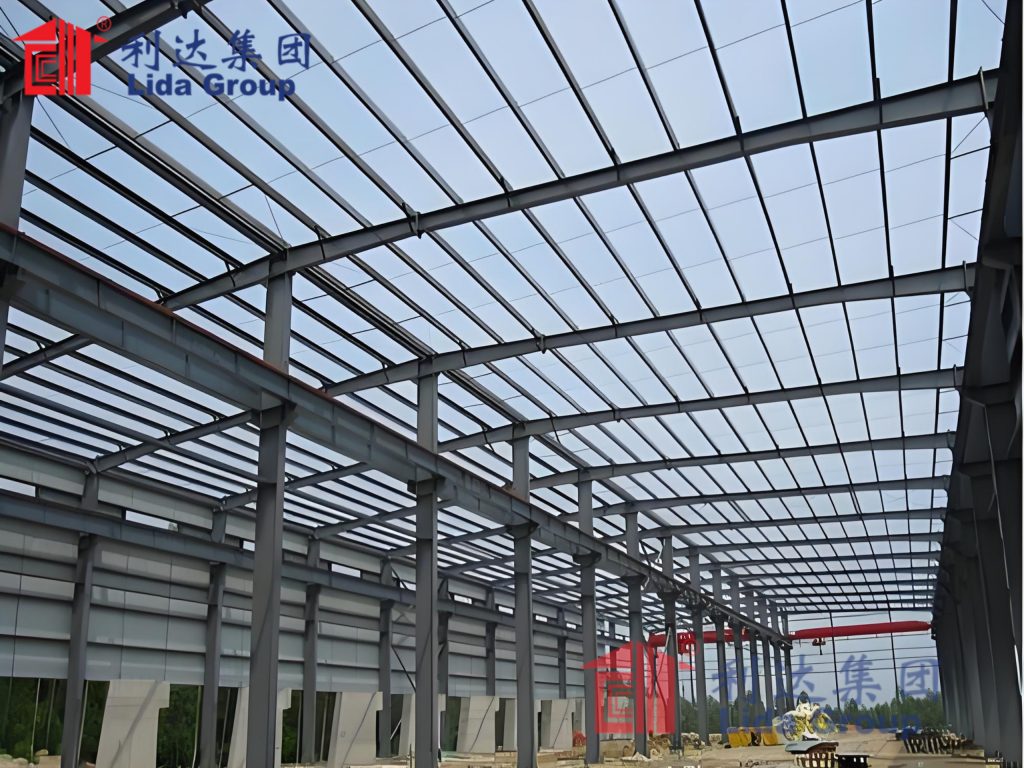
4. Integration of Salt-Resistant Coatings in All Structure Components
4.1 Structural Framing: Beams, Columns, and Trusses
The structural framing of a steel farm house—including beams, columns, and roof trusses—is the backbone of the structure, and thus receives special attention in Lida Group’s coating process. These components are subjected to the highest levels of stress and exposure to the elements, making them particularly vulnerable to corrosion.
Lida Group applies its salt-resistant coatings to all structural framing elements, both internal and external. For large, load-bearing beams and columns, the coating is applied in thicker layers to provide extra protection. Roof trusses, which are exposed to direct rainfall and salt-laden winds, receive a UV-resistant topcoat to prevent degradation from sun exposure. The result is a framing system that retains its strength and stability even after years of exposure to coastal conditions.
4.2 Secondary Components: Railings, Doors, and Windows
Secondary components such as railings, doors, window frames, and hardware are also critical to the functionality and safety of a steel farm house. These components are often more prone to corrosion because they have moving parts or are frequently touched, which can wear away conventional coatings.
Lida Group ensures that all secondary components are coated with the same salt-resistant formulations as the structural framing. For example, door hinges and latches receive a lubricant-infused coating that not only protects against corrosion but also ensures smooth operation. Window frames are coated with a weather-resistant formula that prevents water infiltration, while railings are given a textured topcoat for improved grip and durability.
4.3 Roofing and Cladding Materials
The roof and cladding of a steel farm house are directly exposed to the full force of coastal weather, including rain, wind, and sea spray. Lida Group uses coated steel panels for roofing and cladding, with the salt-resistant coating applied during the manufacturing process. These panels are designed to interlock tightly, minimizing gaps where moisture and salt could penetrate.
The coating on roofing panels includes reflective additives to reduce heat absorption, keeping the interior of the farm house cooler in hot coastal climates. This not only improves comfort but also reduces the expansion and contraction of the steel, which can stress the coating over time. Cladding panels, meanwhile, are coated with a color-stable formula that maintains their appearance, enhancing the aesthetic appeal of the farm house.
4.4 Fasteners and Hardware
Even small components like bolts, nuts, screws, and washers are susceptible to corrosion in coastal environments. A single corroded fastener can compromise the integrity of a larger structure, as it may fail to hold components together. Lida Group addresses this by using stainless steel fasteners coated with a salt-resistant layer, ensuring they remain strong and functional.
These fasteners are also designed to work in conjunction with the coated steel components, with compatible materials that prevent galvanic corrosion—a process where two different metals in contact react with each other, accelerating degradation. By carefully selecting and coating fasteners, Lida Group ensures that every part of the structure is protected against corrosion.

5. Benefits of Lida Group’s Salt-Resistant Steel Farm Houses
5.1 Extended Lifespan in Coastal Environments
The most significant benefit of Lida Group’s salt-resistant coatings is the extended lifespan of their steel farm houses in coastal regions. While unprotected steel structures may last 10–15 years, Lida Group’s coated structures are designed to remain functional for 30–50 years or more. This longevity reduces the need for frequent replacements, saving farmers significant costs over time.
For example, a coastal dairy farm that invests in a Lida Group steel barn can expect the structure to last through multiple generations of cattle, avoiding the expense and disruption of rebuilding every decade. The extended lifespan also makes the farm house a more valuable asset, as it retains its structural integrity and functionality for longer.
5.2 Reduced Maintenance and Repair Costs
Corrosion-related maintenance is a major expense for coastal farmers, requiring regular inspections, rust removal, and repainting. Lida Group’s salt-resistant coatings drastically reduce these costs by minimizing corrosion in the first place. The protective barrier provided by the coatings means that farmers spend less time and money on repairs, allowing them to focus on their core agricultural operations.
In cases where minor maintenance is needed—such as touching up a scratched area—the coatings are easy to repair, with compatible touch-up products that maintain the protective barrier. This simplicity further reduces maintenance costs compared to conventional steel structures, which may require extensive sandblasting and repainting to address corrosion.
5.3 Enhanced Structural Safety and Reliability
Structural safety is paramount in farm houses, which often house livestock, equipment, and people. Lida Group’s salt-resistant coatings ensure that the steel structure remains strong and stable, even in harsh coastal conditions. This reduces the risk of structural failure, protecting both property and lives.
For livestock farmers, this reliability is particularly important, as a collapsed barn could result in the loss of animals and significant financial damage. Similarly, for farmers who store expensive equipment in their steel farm houses, the secure structure ensures that their machinery remains protected from the elements and safe from damage caused by corrosion-induced structural issues.
5.4 Improved Operational Efficiency
Corrosion can hinder the operation of farm house components, such as doors that stick, windows that won’t open, or storage racks that fail. Lida Group’s salt-resistant coatings prevent these issues, ensuring that all components function smoothly. This improves operational efficiency, allowing farmers to access equipment, move livestock, and maintain the farm house with ease.
For example, a coastal vegetable farm with a Lida Group steel storage facility can quickly and easily access stored tools and harvest equipment, even after years of exposure to salt air. This efficiency saves time during busy planting and harvesting seasons, contributing to higher productivity.
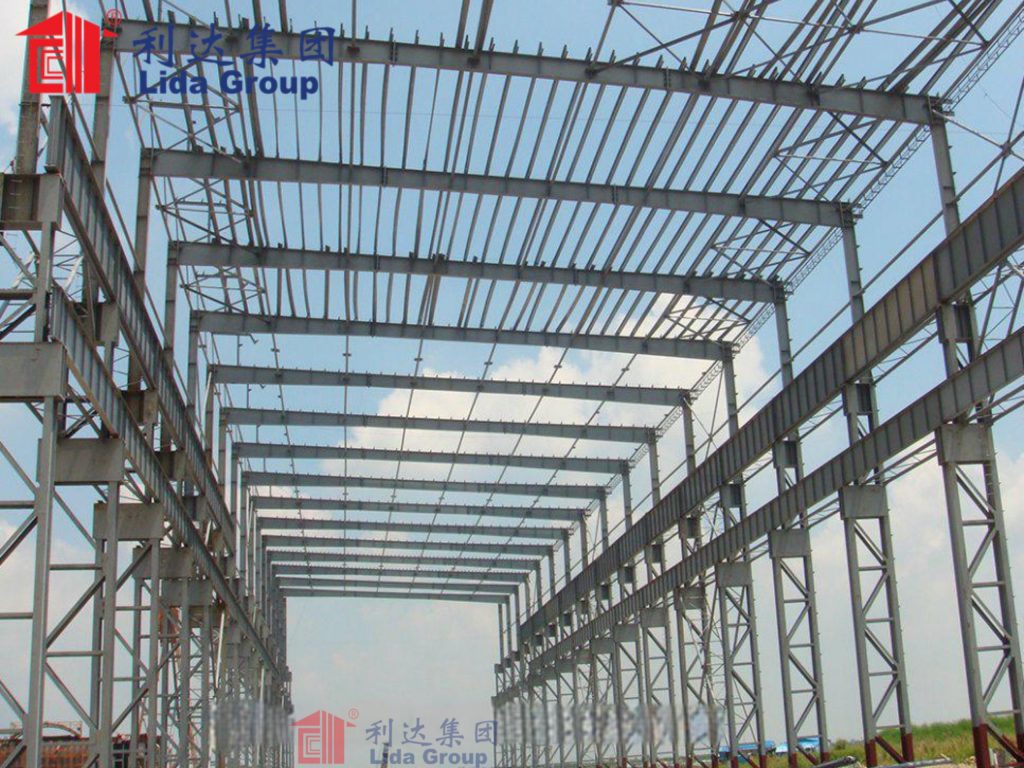
6. Case Studies: Lida Group’s Salt-Resistant Steel Farm Houses in Coastal Regions
6.1 Coastal Livestock Barn
A livestock farmer in a coastal region of the southeastern United States was struggling with frequent corrosion issues in their steel barns. Within five years of construction, the barns’ support columns showed significant rust, and door hinges had seized, making it difficult to move cattle in and out. The farmer turned to Lida Group for a replacement barn incorporating salt-resistant coatings.
Seven years after the new barn was built, inspections revealed minimal corrosion on both structural components and hardware. The doors and gates operated smoothly, and the roof trusses remained strong, with no signs of sagging. The farmer reported a 70% reduction in maintenance costs compared to the previous barn, with no need for repainting or structural repairs. The barn’s durability also allowed the farmer to expand their herd, as they could rely on the structure to safely house more livestock.
6.2 Coastal Equipment Storage Facility
A large-scale agricultural operation on a coastal plain needed a storage facility for tractors, harvesters, and other heavy machinery. Previous attempts to store equipment in unprotected steel sheds had resulted in rapid corrosion, with machinery parts rusting and becoming inoperable. The operation commissioned a Lida Group steel facility with salt-resistant coatings.
After four years, the facility and the equipment inside remained in excellent condition. The steel structure showed no signs of rust, and the machinery stored inside was protected from salt-laden air, reducing the need for expensive repairs or replacements. The operation’s maintenance manager noted that equipment downtime due to corrosion had decreased by 90%, significantly improving productivity during peak farming seasons.
6.3 Mixed-Use Coastal Farm House
A family-owned coastal farm required a multi-purpose steel structure to serve as a workshop, storage area, and living quarters for farm workers. The previous wood-framed structure had rotted due to moisture and salt exposure, and the family wanted a durable, low-maintenance alternative. Lida Group’s salt-resistant steel farm house was chosen for the project.
Five years later, the farm house remains in pristine condition. The steel structure has withstood multiple coastal storms, with no corrosion or water damage. The living quarters stay dry and comfortable, and the workshop area—where tools and equipment are stored—shows no signs of rust. The family reports that the farm house has become a central, reliable hub for their operations, withstanding the harsh coastal environment with ease.
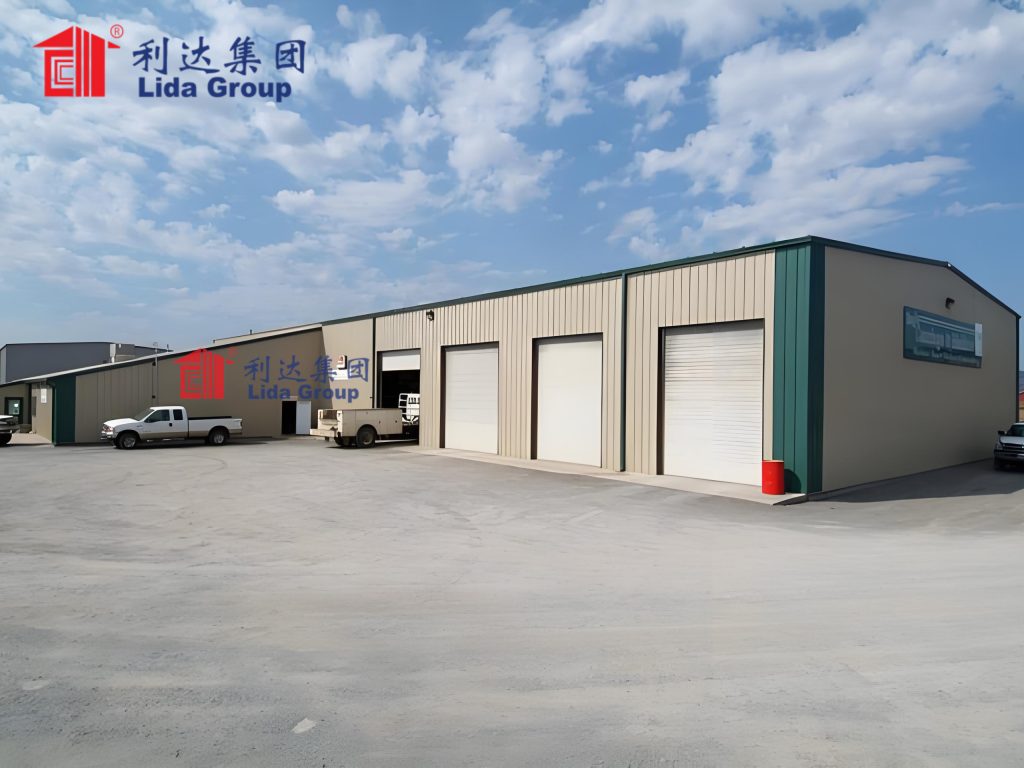
7. Future Innovations in Coastal Corrosion Protection
7.1 Advanced Coating Formulations
Lida Group is continuously researching and developing new coating formulations to enhance corrosion protection in coastal environments. One area of focus is the development of self-healing coatings, which contain microcapsules of repair material. When the coating is scratched, these capsules rupture, releasing the material to seal the damage and prevent corrosion from spreading. This technology could further extend the lifespan of steel farm houses by addressing minor damage automatically.
Another innovation is the use of graphene-reinforced coatings. Graphene, a single layer of carbon atoms, is extremely strong and impermeable to moisture and salt. Adding graphene to coating formulations could create an even more effective barrier, enhancing protection while reducing the thickness of the coating needed.
7.2 Smart Coating Systems
Smart coating systems that can monitor and report on corrosion activity are also in development. These coatings incorporate sensors that detect changes in the steel surface, such as the presence of rust or salt accumulation, and transmit this data wirelessly to a central system. Farmers and maintenance teams can then use this information to address potential issues before they become severe, further reducing maintenance costs and improving structural safety.
7.3 Integration with Sustainable Materials
As sustainability becomes increasingly important in agriculture, Lida Group is exploring ways to integrate salt-resistant coatings with eco-friendly materials. This includes using coatings made from renewable resources, such as plant-based polymers, and developing formulations that are free from harmful chemicals. These sustainable coatings would provide the same level of corrosion protection while reducing the environmental impact of the farm house construction.
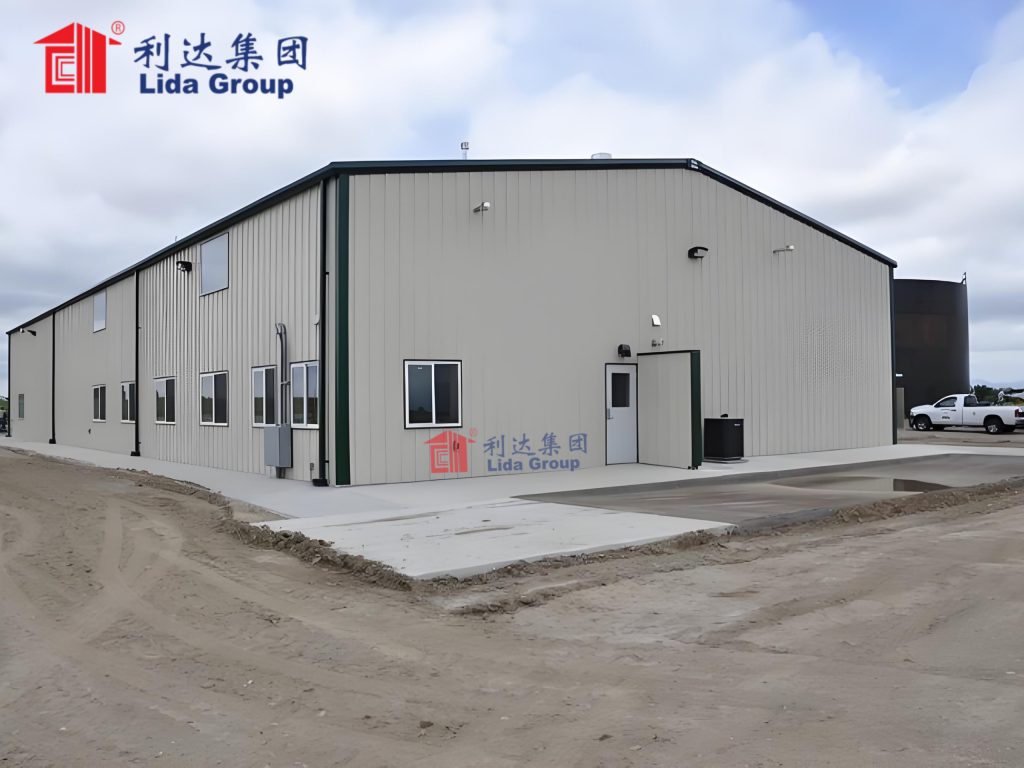
8. Conclusion
Coastal corrosion poses a significant threat to steel farm houses, compromising their structural integrity, functionality, and longevity. Lida Group’s innovative approach—incorporating salt-resistant coatings into every aspect of steel farm house construction—addresses this challenge head-on, providing farmers in coastal regions with durable, reliable, and cost-effective structures.
The science behind Lida Group’s salt-resistant coatings, from their advanced formulations to their rigorous application process, ensures that every component of the steel farm house is protected against salt-induced corrosion. This protection translates to extended lifespans, reduced maintenance costs, enhanced safety, and improved operational efficiency—benefits that directly contribute to the success of coastal agricultural operations.
Case studies from livestock barns, equipment storage facilities, and mixed-use farm houses demonstrate the real-world effectiveness of Lida Group’s approach, showing that salt-resistant coatings can withstand the harsh conditions of coastal environments for decades. Looking to the future, ongoing innovations in coating technology—such as self-healing formulations, smart sensors, and sustainable materials—promise to further enhance corrosion protection, ensuring that Lida Group’s steel farm houses remain at the forefront of coastal agricultural infrastructure.
For farmers and agricultural operations in coastal regions, Lida Group’s salt-resistant steel farm houses offer more than just protection against corrosion—they provide peace of mind, allowing farmers to focus on what they do best: producing food and sustaining their livelihoods. In a world where coastal agriculture faces increasing challenges from climate and environment, these structures stand as a testament to the power of innovation in building a more resilient future.
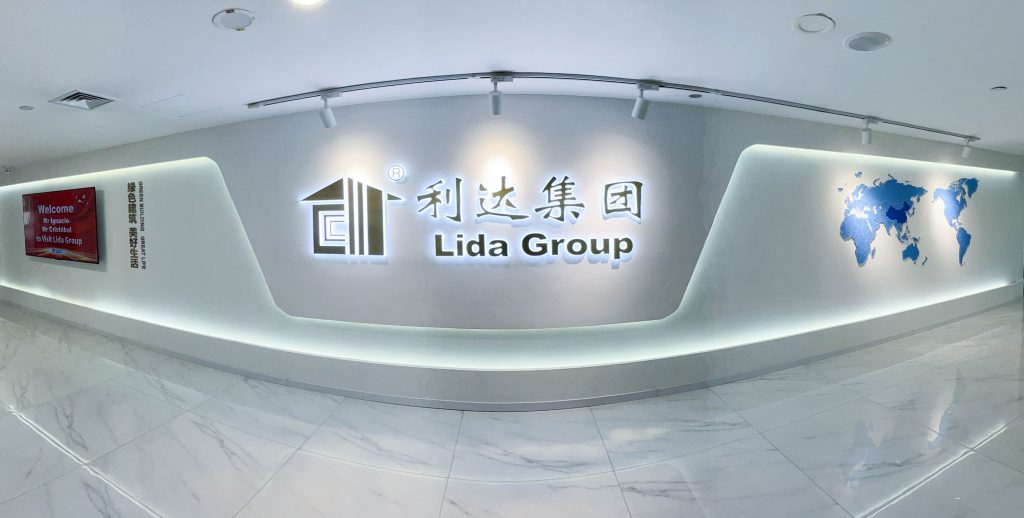
Related news
-
Multi-Level Vertical Farming: Lida Group Engineers High-Quality Steel Farm Houses with Space-Optimized Steel Structure Design
2025-08-15 13:38:49
-
Zero Welding Defects Guaranteed: Lida Group's Steel Frame Building Process Ensures Premium Quality Warehouse Longevity
2025-08-15 14:43:45
-
Sustainable Steel Advancement: Lida Group Cuts Carbon Footprint 40% in Farm House Construction Using Recycled Steel Frames
2025-08-14 16:43:52
contact us
- Tel: +86-532-88966982
- Whatsapp: +86-13793209022
- E-mail: sales@lidajituan.com


